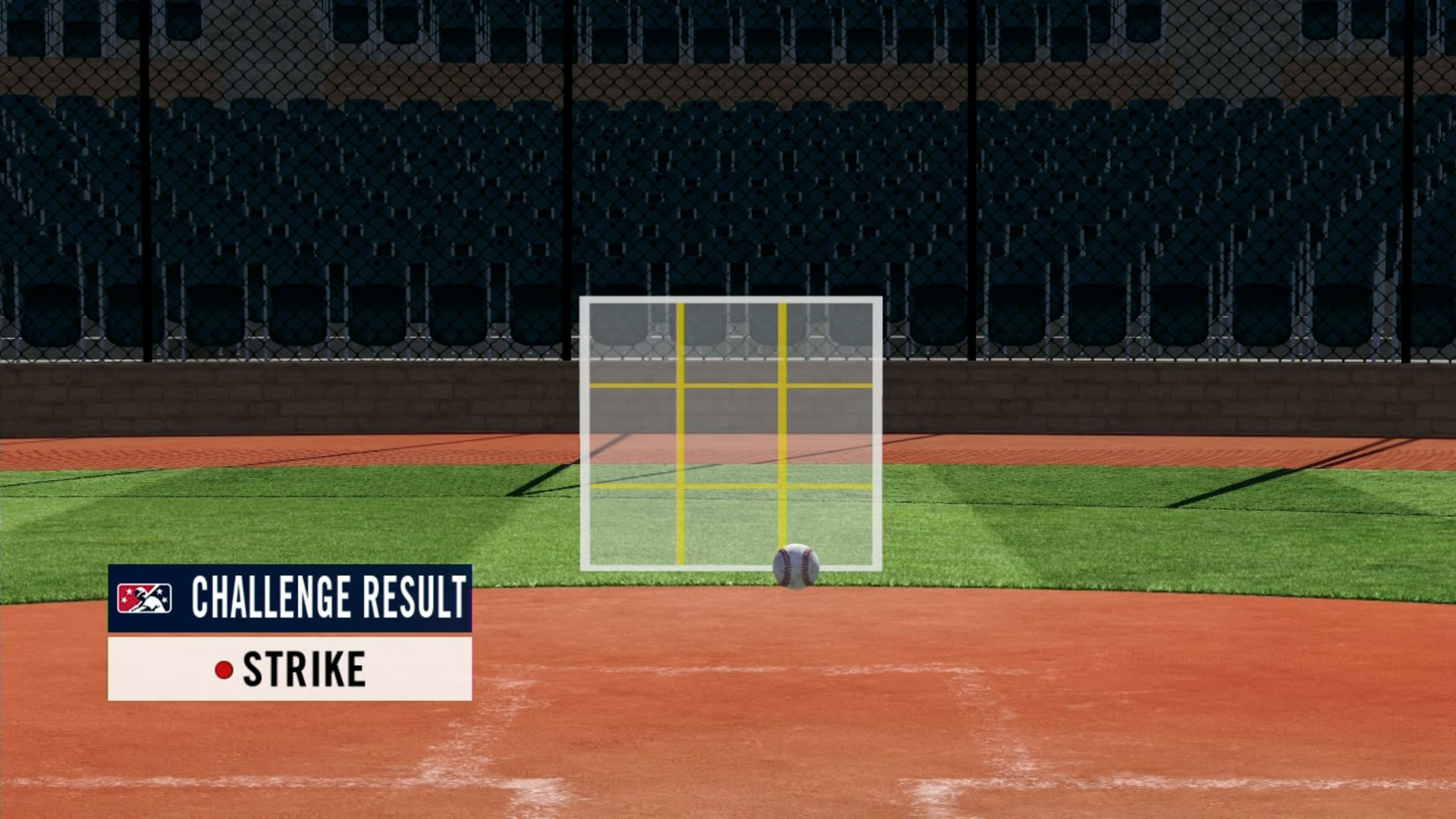There’s at least one constituency affected by the looming future of robo umps that isn’t so sure about the whole thing.
While pitch clocks, bigger bases and other rules changes debut this year at the major league level, the Automated Ball-Strike System will receive its biggest experiment yet at Triple-A. ABS will be used four days per week to call every pitch at baseball’s highest minor league level. On the other three days, umpires will traditionally call balls and strikes with a challenge system in place — teams will be able to appeal a handful of calls to the so-called robo-zone each game.
To many, ABS has begun to feel inevitable. Umpires have already agreed to allow it at the major league level when it is ready. Which means that within a season or two, everything around home plate could change
“It’s going to be here,” Servais said.
Others think Major League Baseball, and specifically Commissioner Rob Manfred, don’t recognize how seismically such a shift could alter the sport.
“I don’t see it happening,” said Yankees All-Star and distinguished pitch-framer Jose Trevino. “I don’t think Manfred has any idea what’s going on whenever he talks about that kind of stuff. He’s obviously never put the gear on, so he doesn’t know.”
Manfred, who last summer told ESPN that ABS could reach the majors by 2024, has cautioned this spring that the robo-umps remain in “the evaluation phase.” In order to be adopted in the big leagues, ABS would need to be approved by an 11-member competition committee that includes four players.
“There are issues that are still the topic of really considerable discussion within the ownership group and even more that are going to have to be resolved in the joint committee process with the players,” Manfred said. “The framing issue is one of those. I mean it’s a legitimate concern on the part of at least a subset of players.”
The subset includes some coaches, too, including New York Yankees director of catching Tanner Swanson — a pioneer of sorts in teaching backstops to steal strikes.
An appreciation for pitch framing had been under way for nearly a decade when Swanson jumped from college coaching to join the Minnesota Twins organization before the start of the 2018 season.
Among his most impactful ideas: If catchers received pitches while down on one knee as opposed to a traditional squat, they’d be better positioned to steal strikes near the bottom of the zone. Within just a couple seasons, the one-knee approach he coached with Minnesota was being used across the majors.
“When I got into pro ball, I think it really kind of opened the curtain to like, ‘OK, now this is not only extremely valuable, but this is something that we should be prioritizing just in terms of the frequency in which it happens relative to all the other skills.’” Swanson said.
Swanson preaches subtle movements with the glove on every borderline pitch — just enough trickery to sway even the most well trained umpire. Even if it came at the expense of blocking pitches or throwing out runners, the data showed framing trumped all other skills.
Swanson has had several notable success, starting with Mitch Garver in Minnesota and most recently Trevino, who was an All-Star and Gold Glove winner last season. Trevino converted 53.8% of non-swinging strikes on the edges of the zone into strikes — best in the majors, according to MLB’s Statcast.
The knee-down catching technique is already being taught to youth catchers on up, and there’s now an entire generation of big league catchers trained to put pitch presentation first.
“Framing’s always been big,” said Baltimore catcher Adley Rutschman, last year’s AL Rookie of the Year runner-up. “Since probably my junior year in high school, it’s been a big point of emphasis. Got to college, same thing, and in the pros, same thing.”
Robot umpires, of course, can’t be fooled. So what happens when framing falls out of focus?
The short answer to that is that the good-field, no-hit catchers will lose value, which is a thing that aficionados of pitch framing as well as those catchers themselves are extremely wary of. I think we’re well more than one year out from MLB adopting some form of automated ball-strike calling, but it is coming sooner or later. The version that I’m now leaning towards, which is a middle ground that seems to ease most of the anxiety about this, is a challenge system, in which human umps make the original calls, and either side can ask for some number of pitches to be reviewed by the robo ump. The experience so far has been that the reviews are very quick, and the response has been positive. If that is the case in Triple A this year, then this might indeed be very close to happening in MLB. Check back later in the year and we’ll see.

